All of Netflix’s HDR video streaming is now dynamically optimized
The Netflix TechBlog
NOVEMBER 29, 2023
Bitrate versus quality comparison HDR-VMAF is designed to be format-agnostic — it measures the perceptual quality of HDR video signal regardless of its container format, for example, Dolby Vision or HDR10. The graphic below (Fig. 1) depicts the migration of traffic from fixed bitrates to DO encodes.

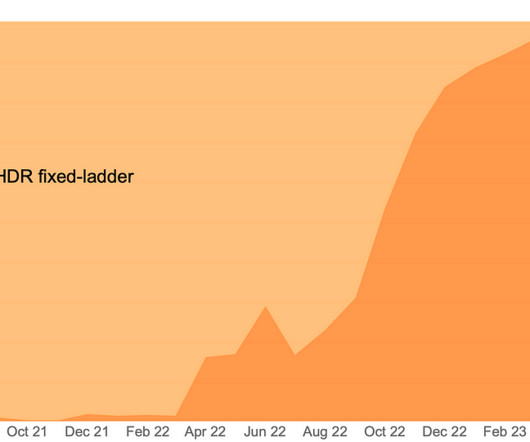
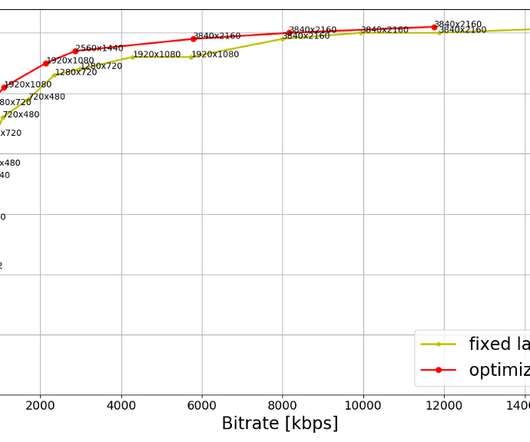
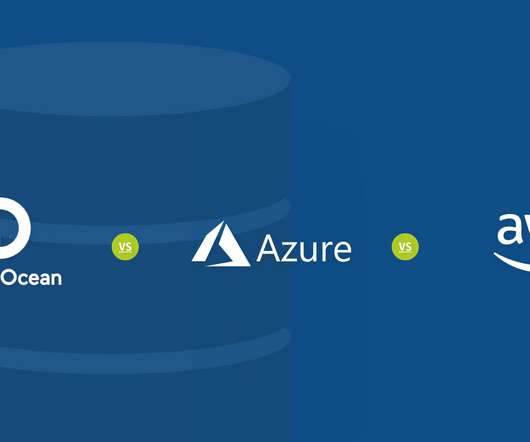



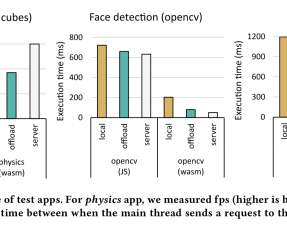





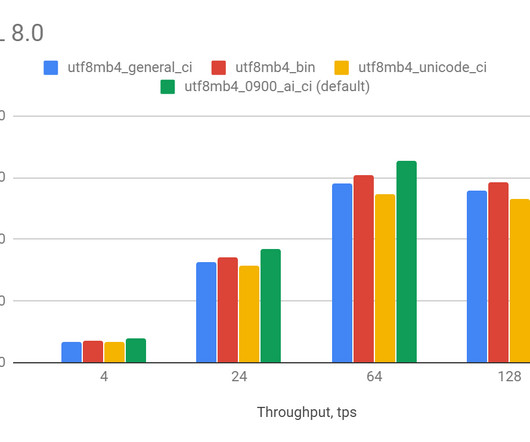
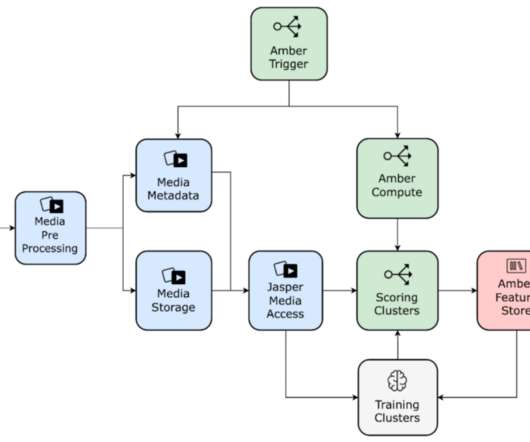



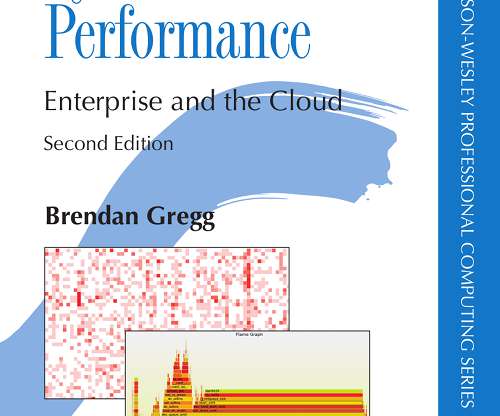



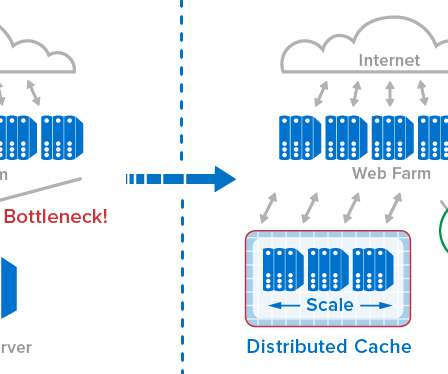
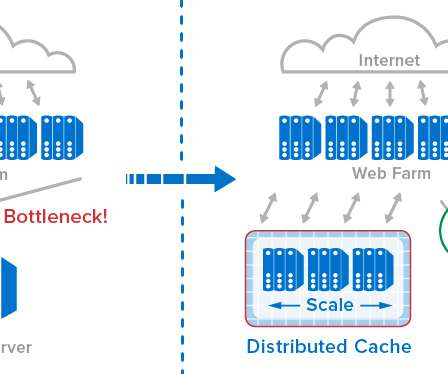





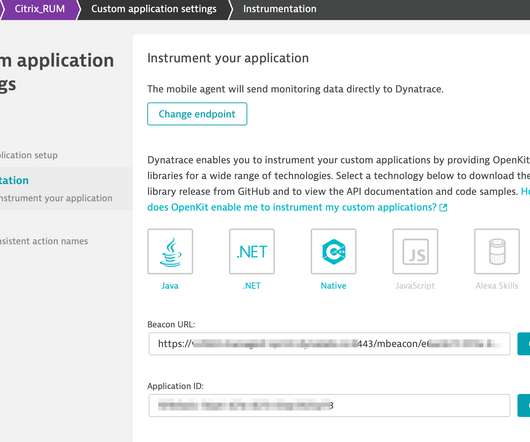

















Let's personalize your content